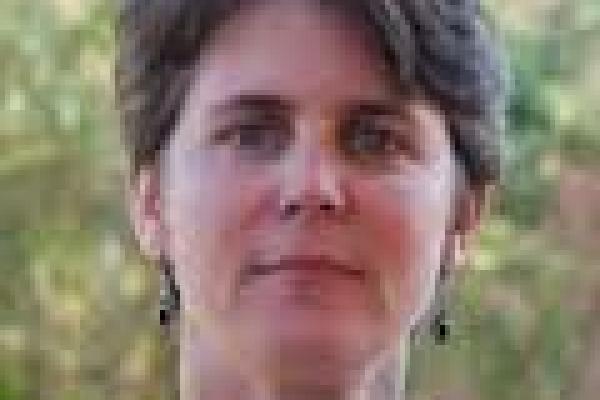
Measurement of contraceptive barriers and facilitators to contraceptive use among both users and nonusers of contraception
Current understanding of contraceptive need is limited by an important flaw: although most research about barriers to contraceptive use has focused on those with unmet need, barriers are also present for many women who successfully use contraception. Likewise, facilitators are also present for many women with unmet need. Women who successfully use contraception may experience barriers differently, may have compensating facilitators that are sufficient to overcome barriers, or both. The role of barriers and facilitators in relation to contraceptive use is unknown because of the limited populations in which most studies have been done (e.g. looking at barriers only among nonusers). Our preliminary data from a cohort in Malawi indicate that facilitators and barriers were surprisingly similar for women with unmet and met need for contraception. We are embarking on a longitudinal study to assess how barriers and facilitators predict contraceptive use over time.
